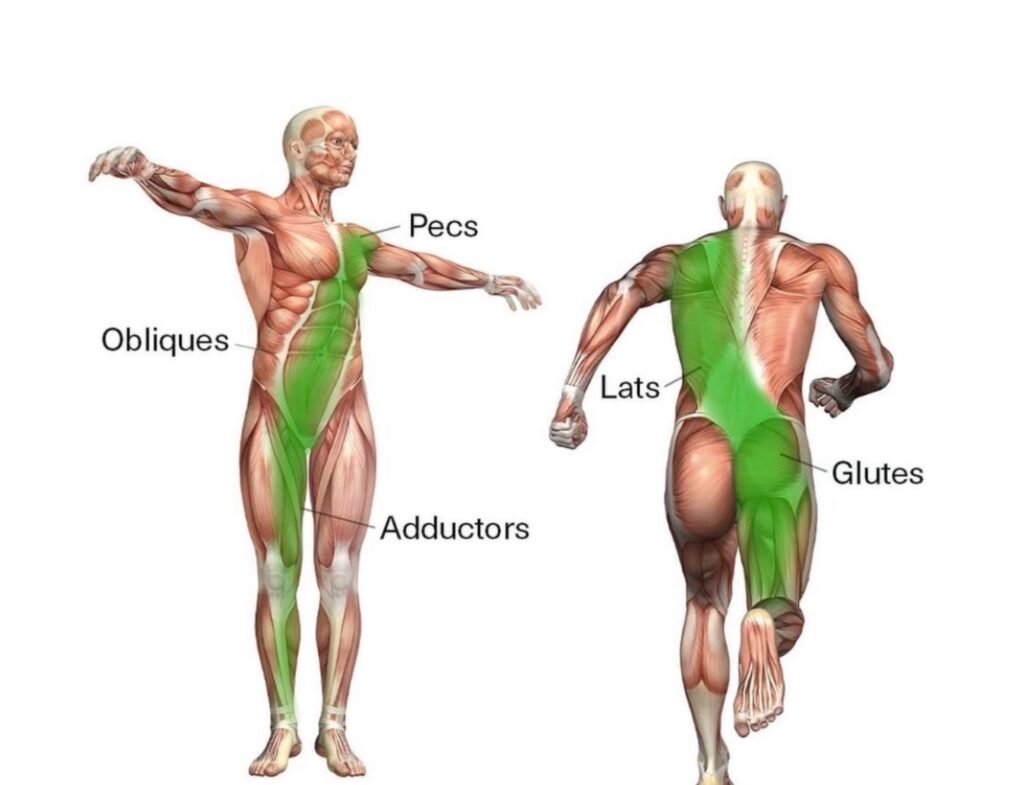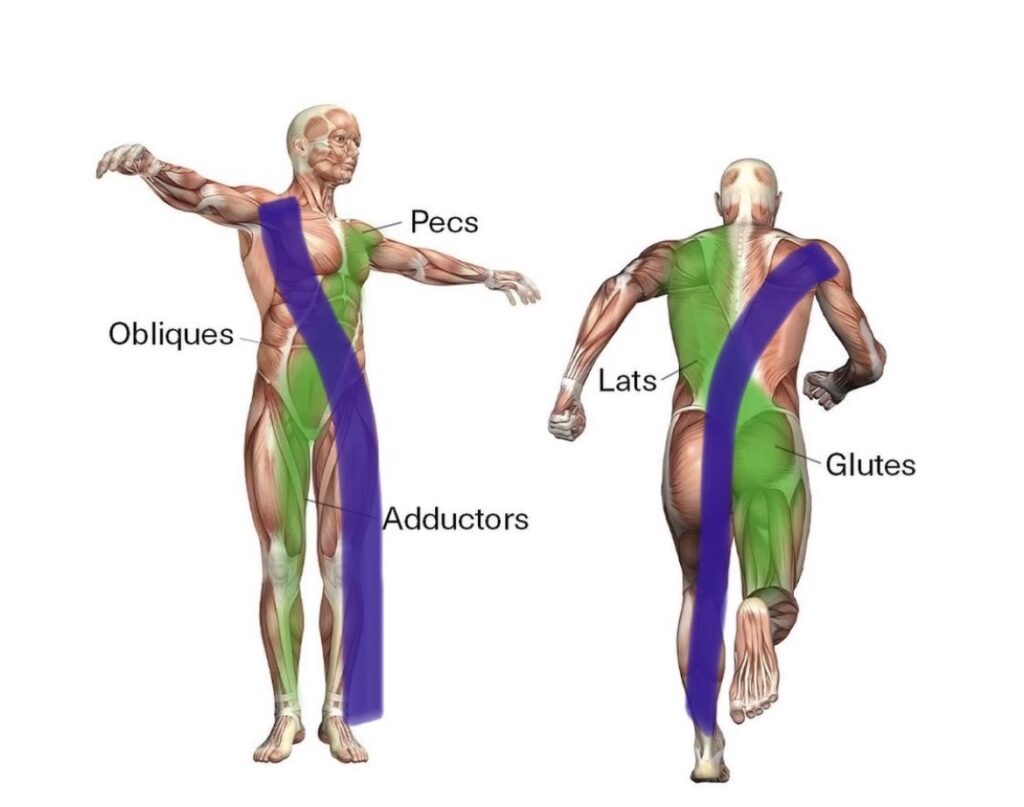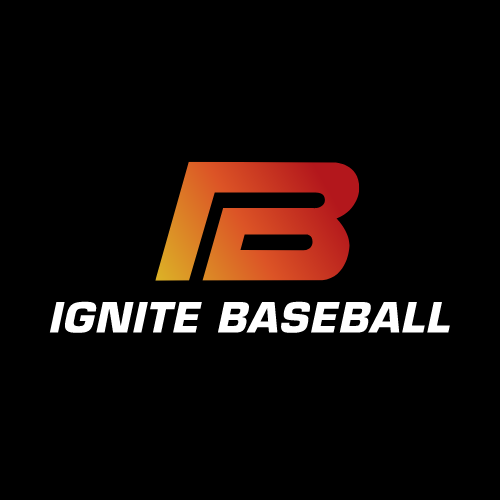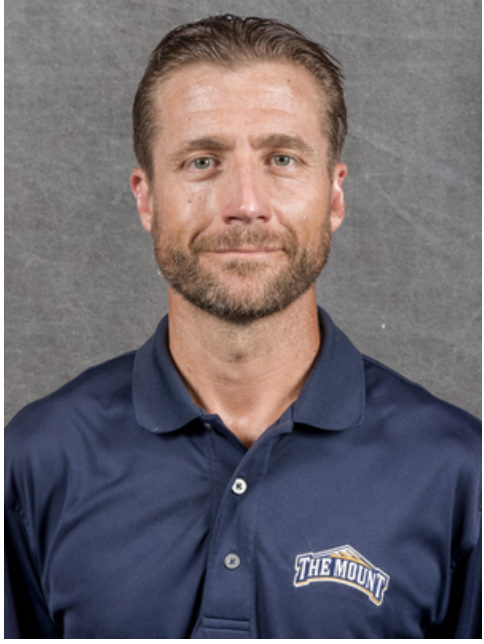One of the things that’s really frustrating for me as someone who guides baseball and softball players is athletes who focus all of their attention on skill work, and none of their attention on their explosiveness. It’s important to understand the distinction between the two. How hard you throw, and hit is a demonstration of your explosiveness. The positions that you actually get into when you hit or throw and how accurately you’re able to deliver the ball or bat is and example of your skill. In playing baseball and softball for that matter, both are important, maybe equally so. However, if you aim to play college baseball or softball, your explosiveness is more important than your skill to Division 1 college coaches. To D3 Coaches that might not be the case.
A college coach isn’t going to be recruiting you based on who you are now, it’s more about who you could become. So perfect skill work may make you an excellent baseball player at the 15U and 16U level but that doesn’t mean that you will be desirable as a division 1 college prospect.
I interviewed Aaron Tarr Assistant Coach at Division 1, Mount St Mary’s and asked him what he looks for in a player.
“I basically have to check four boxes, Athleticism, Physicality, Explosiveness, and Skill.”
“The most important box for an athlete to check off is explosiveness, followed closely behind by physicality and athleticism.”
Aaron’s definitions
Athleticism: Coach Tarr described this as how well an athlete moves while playing the game of baseball. Are they smooth? Do they move seamlessly from one action to the next?
Physicality: Coach Tarr described his is how physically imposing someone is, or how physically imposing someone could be if they could put on lean muscle mass. And, how easily that athlete might be able to put on lean muscle mass based on the posture that they present.
Explosiveness: Coach Tarr defined this as how much power/speed someone is able to create with their movements.
Skill: Coach Tarr defined this as how successfully an athlete is able to accomplish a task. For example, hitting a spot while pitching, or barreling up a ball while hitting.
Notice how Coach Tarr did not list skill as one of his top three most important attributes. Coaches and parents seem to get stuck on skills so much. They want to know is my kid swinging the right way? Is my kid throwing the right way? Are throwing the right way and hitting the right way important? Yes absolutely, however if you swing the right way and throw the right way, but are not able to generate power within your movements it does not matter how skillful you are.
Skill without explosiveness is useless on the division one level. Can those athletes find a home at the division three level? Yes, but if you think you’re going to play division one baseball and you’re not explosive, you need to figure out how to get explosive.
We worked with Coach Tarr to develop a couple benchmarks for high school athletes to use as reference points.
If you want to jump off the page to a division one baseball program you should aim to have your metrics match or be better than the metrics below.
| Year HS | Pitching Velocity | Tee Exit Velocity | Position Player Velocity Shuffle | 60 Yard Dash Times Match Or Be Faster |
| Freshman | RHP 78-81 MPH+, LHP 76-78 MPH+ | 78 MPH+ | 78-80+ MPH | MIF/CF 7.3, Other Positions 7.5 |
| Sophomore | RHP 82-84 MPH+, LHP 78-82 MPH+ | 82 MPH + | 80-82+ MPH | MIF/CF 7.2, Other Positions 7.4 |
| Junior | RHP 84-87 MPH+, LHP 82-85 MPH+ | 86 MPH + | 82-84+ MPH | MIF/CF 7.1, Other Positions 7.3 |
| Senior | RHP 87-90 MPH+, LHP 83-86 MPH+ | 88 MPH + | 84-86+ MPH | MIF/CF 7.0, Other Positions 7.2 |
So if you’re reading this and thinking ok what should I do now?
You need to workout!
And you need to work out in a way that targets the movements that you’re going to make on a baseball field so the metrics listed above can be pursued.
That means you need to train your slings. That’s probably something that you haven’t read before so I need to take a second to explain it, your swings are the line of tissue and muscle that run from one leg to the opposite arm. It’s better shown in the picture.

I edited the picture above (in and admittedly sloppy way) to demonstrate the fact that each of the slings above have another sling exactly opposite on the body.

Our slings govern everything that we do on a baseball field when we create length in one of our slings it contracts the other and then that length is used as the potential energy to deliver a powerful swing or throw. When we train athletes, this is where our focus lies, this allows athletes to bring what they do in the gym on the field.
There are two ways to strength train with Ignite Baseball.
- You can train with us in our facility in our Throw fast, Hit hard, Stay healthy program. This is a group training program that’s focused on building exit velocity for hitters, mound velocity for pitchers, and throwing velocity for position players.
- You can train online using our four week plans. We use video of you swinging or throwing to determine what part of your movement needs the most attention, and build you a four week plan that meets your needs.

